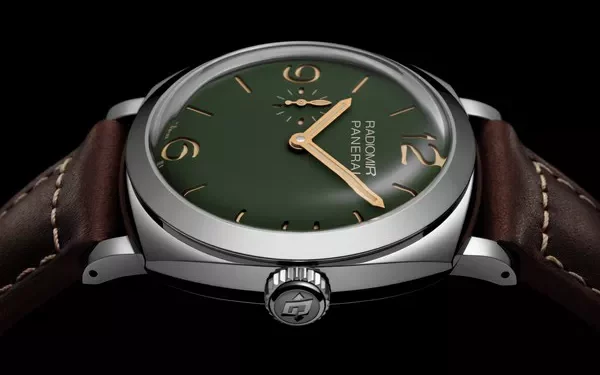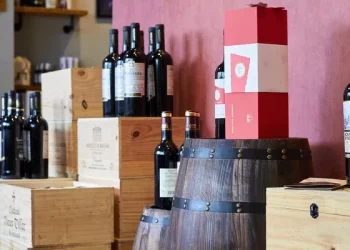Watch, as a consumable exists, in the design of the time has been considered to resist external interference, including shock;
The shockproof performance of the watch is not only refers to knock, but also includes the acceleration of overload and impact, this situation often occurs in sports and production activities.
Why does the watch stop?
Automatic mechanical watch, automatic chain mechanism produced by the power to run (in the transparent bottom cover behind the rotating semicircular metal piece is the source of kinetic energy), the power due to automatic to function, so as long as the watch is worn on the hand, with the arm movement, automatic will be able to rotate to produce energy.
That is to say, only wear in the hand constantly to add energy to the clockwork, the watch will not stop.
From watch to watch the evolution of the process, not only the volume is smaller, mainly in the accuracy and anti-interference, it is used to balance wheel, so you can carry;
But antique watches or pocket watches are very delicate, they can not afford to hurt, the vibration and impact of the outside world is very easy to make it escapement and balance with the problem;
For this reason, about 200 years of improvement, people tried various forms of escapement, modern watches are basically in the lever escapement.
Anchor lever escapement as a representative, it only so reliable work is that it has two points: (1) the mechanism has traction, the escapement teeth of the escapement fork tile cut into an Angle, will make the escapement fork body close to the limit nail, and will not move;
(2) insurance design, even if there is an external force can make escapement fork movement, escapement fork head safety nail and balance wheel under the disc (disc) there are insurance measures, will stop the escapement fork continue to move, and let it reset under the traction torque;
Another point is the balance wheel plate nail and escapement fork fork between the safety, once beyond the gap between them, will be blocked, in short, is not to let the escapement fork escape from its correct position.












































